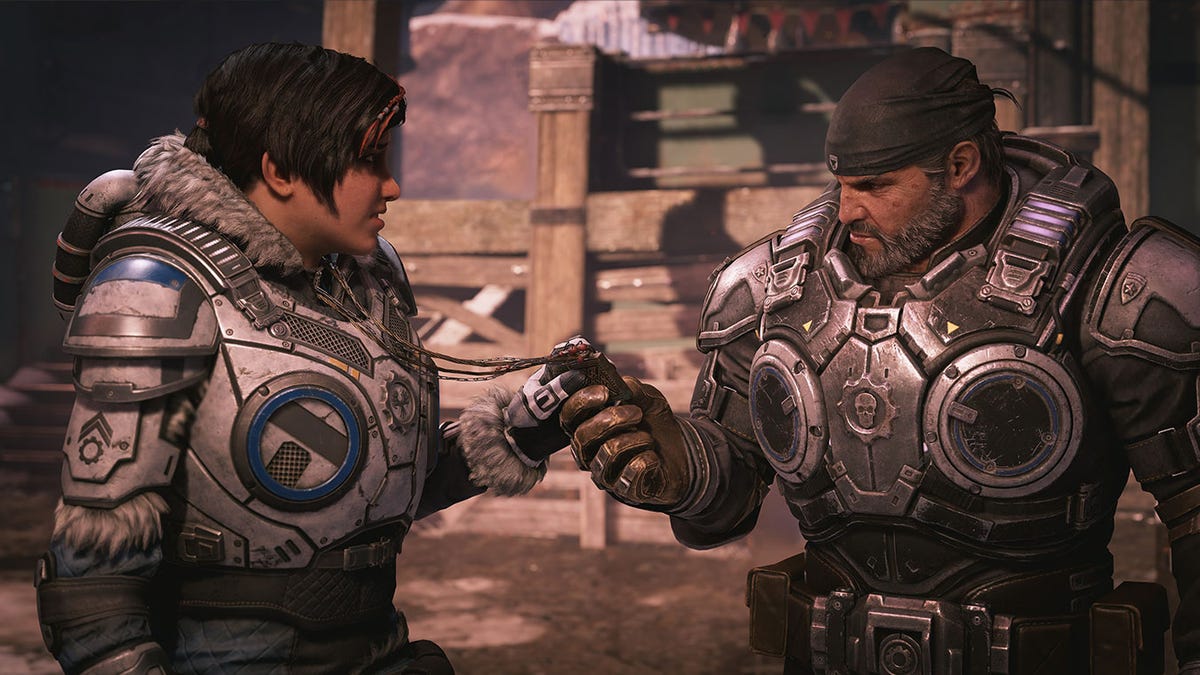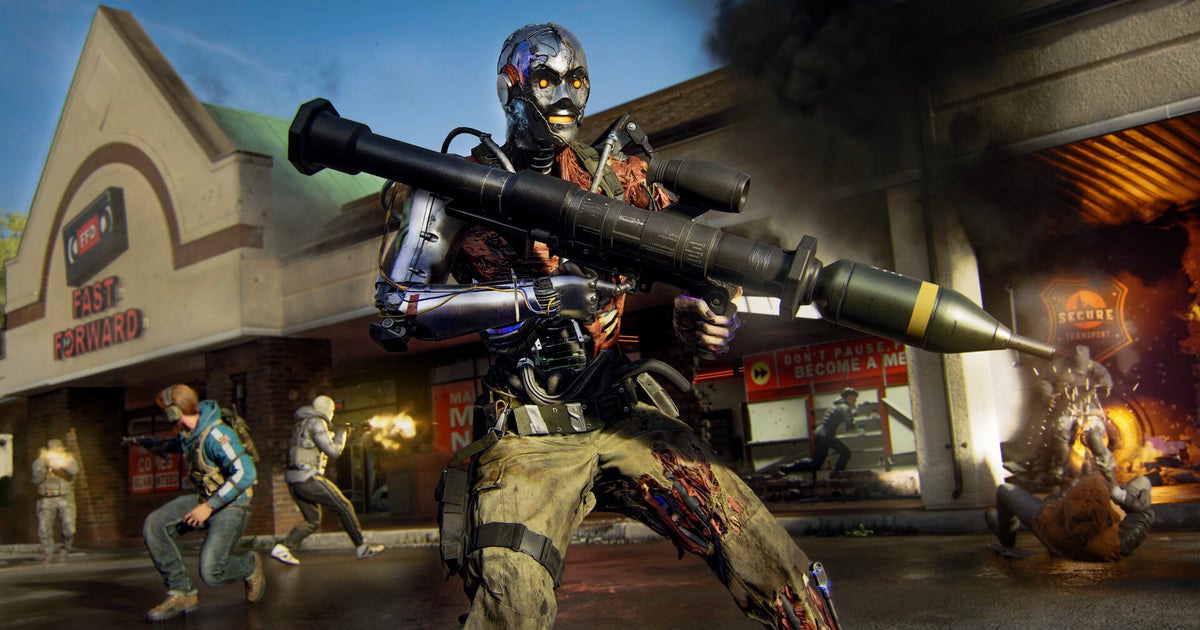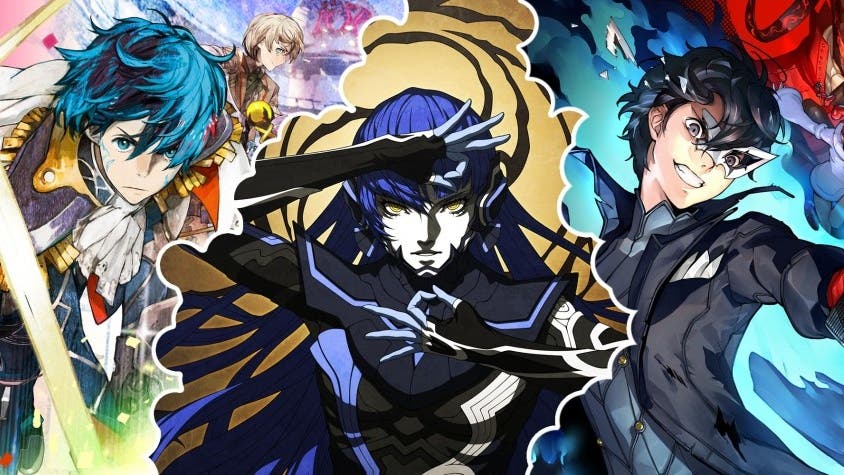Over the years streaming platforms and tools have made it easier than ever to make streams available to everyone. In this explainer, I’ll cover subtitling tools, subtitles to complement subtitles, and instructions for screen reader accessibility.
First of all for visually impaired viewers and people with learning disabilities such as dyslexia, Twitch has resources which allow streamers to combine their “About” section well with screen readers. To take advantage of this, users can write descriptive text, also called alt text, over panels that describe the color of the text, the font used, and the visibility of the background. All of these are important to make sure your audience knows who you are. These panels allow users to get the full context of what the streamer wrote without being confused about where to find their social media profiles and other links.
Twitch also offers closed captions that can be used through the creator’s dashboard system or through extensions.
Activate by extensions, click the Add button next to the extension to add it to your extensions library. Once you click on it, a window will pop up asking you to enable the extension as a video overlay. In the top left of your dashboard, click the My Extensions tab. There you will see your installed and activated extensions.
Under the Closed Captioner extension, click Activate. There may be several options here, but you’ll need to select Set as Overlay 1. You will then see a new pop-up to confirm that the extension is active. Once the extension is active, click the gear in the active extension box to open the pop-up again.
From there, click on the link that will take you to the Subtitles Dashboard, where you’ll need to log in with your Twitch account to access the tool. To start the subtitles, you need to click On for the subtitles to start working. They’ll appear as soon as your stream goes live, and your community can adjust the settings to their needs via an on-screen menu. When you’re done with your stream or need to mute it, turn off the subtitles or exit the dashboard.
While YouTube’s streaming platform also offers captions and subtitles, it is much more tedious to work with font sizes, the opacity of the background in the text and the placement, which is used more in videos that have already been uploaded than in live streams. It pales in comparison to how Twitch simplified the process and also enabled the use of third-party resources.
There is also the option to implement subtitles via streaming software such as OBS. A Plugin offered via OBS can use Twitch’s subtitle systems and enable these subtitles to work not only across live streams, but also via archived recordings of these streams that can be viewed on PC, iOS and Android devices.
on PC viewers can turn subtitles on and off using the CC button in the lower right corner of the player. On iOS, this is a system-wide setting. First Settings, then General, then Accessibility, then Subtitles and Subtitles, then finally Closed Captions and SHD. If it’s already disabled but viewers are still seeing subtitles, they’ll have to toggle it on and off again (seems to be a bug with some iOS versions). On Android it’s Closed Captions under the player setting options right under the quality selector. The option won’t appear until the streamer starts speaking.
Pages like GitHub
Overall, there is still a lot to be done to make live streaming accessible to all members of a community, e.g. B. Viewers with Autism, ADHD, and people with physical disabilities who cannot rely on the tools currently available. But the progress of the past five years has shown we are going in the right direction.





.jpg?width=1200&height=630&fit=crop&enable=upscale&auto=webp)


